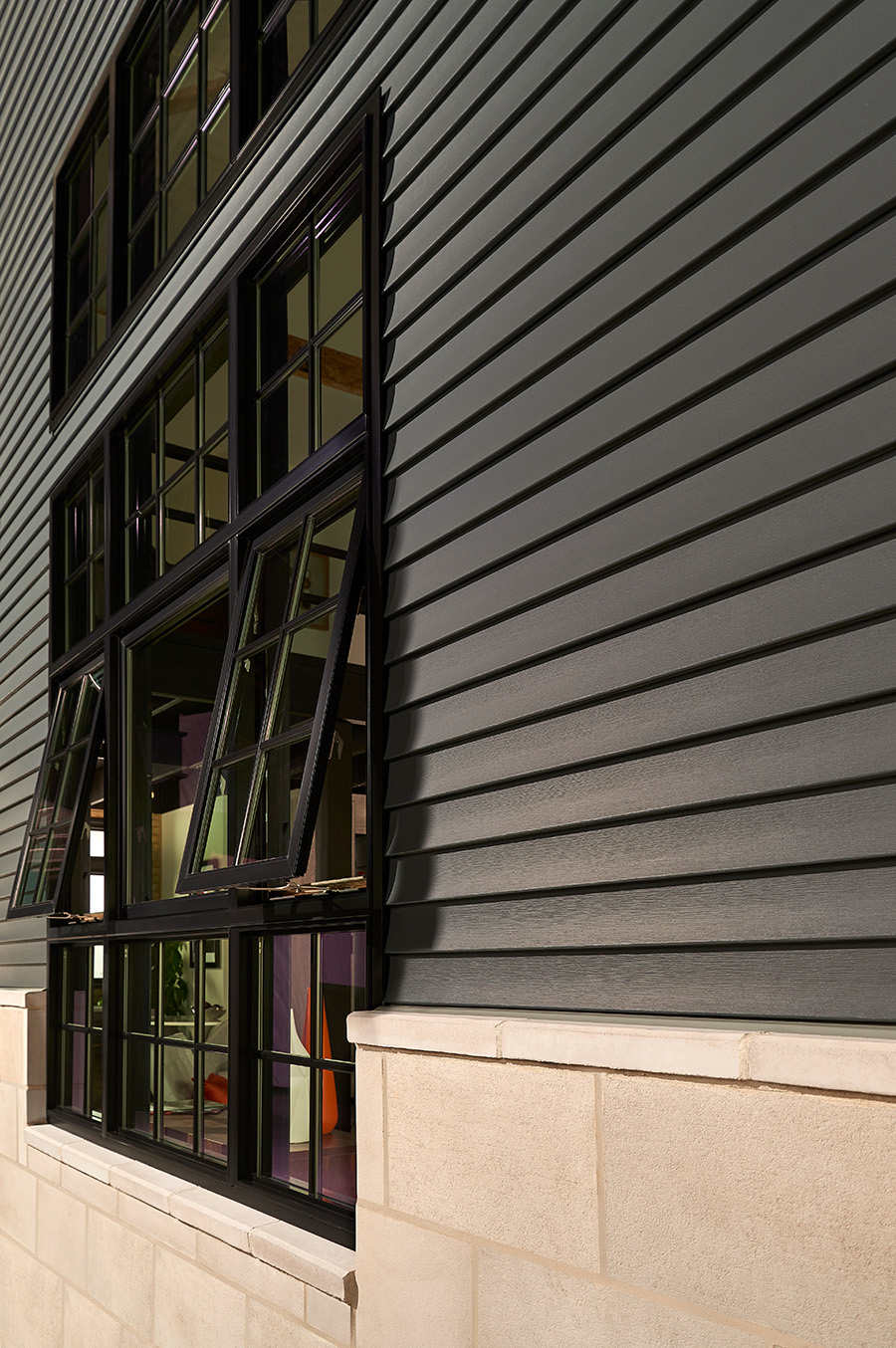How to Talk to Homeowners About the Sustainability of Vinyl Siding
From reusable food storage bags and plant-based sneakers to electric cars and battery-powered lawnmowers, many consumers are changing their purchase decisions to fulfill a desire for products that have a lower carbon footprint and a more durable life span.
In fact, a recent survey from Nielsen IQ showed that 78% of consumers say a sustainable lifestyle is important to them.
That ethos extends to the materials used on their home, which makes it essential for homebuilders and exterior contractors to be prepared to answer questions about the sustainability of vinyl siding.
Measuring the Life Cycle Impact of Vinyl Siding
The Vinyl Siding Institute’s Sustainability Working Group commissioned a life cycle analysis of vinyl siding using Building for Environmental and Economic Sustainability software. BEES measures the environmental performance of building products by assessing every stage in the product’s life, including raw materials, manufacturing processes, transportation, installation, use, recycling and waste. The results of the analysis revealed vinyl siding has 40% less impact on global warming than fiber cement and 83% less impact than brick and mortar.
5 Eco-Friendly Features of Vinyl Siding
- Lightweight: Transporting vinyl siding takes less fuel because it is significantly lighter than brick and fiber cement.
- Long-lasting: Vinyl siding is durable and lasts multiple generations. For example, the warranty on Variform® by Ply Gem® is 50 years from the installation date.
- Low-maintenance: Vinyl siding does not need to be painted, stained or caulked.
- Manufactured efficiently: Vinyl manufacturing requires less water, energy and raw materials than fiber cement or brick and mortar. Plus, scrap generated during manufacturing can be reintroduced into the manufacturing stream, resulting in low waste.
- Recyclable: Vinyl siding is made of thermoplastic that can be ground up and recycled indefinitely into decking, piping, flooring and new vinyl siding. This feature helps reduce landfill waste — in fact, 1 billion pounds of vinyl are recycled in the U.S. and Canada annually.

Consumers who want to lower their carbon footprint may choose to have a new construction home adhere to a green building program. Building homes to green program specifications is also a good way for builders to tout their eco-friendly credentials.
Vinyl siding as a category of home exterior cladding can contribute to points in the following green building programs:
- Leadership in Energy and Environmental Design
- National Green Building Standard
- California Green Building Standards Code
Vinyl Siding Stands the Test of Time
Because vinyl is a type of plastic, misperceptions persist that vinyl siding isn’t a resilient building material. But, as noted above, vinyl siding such as Variform by Ply Gem offers a tried-and-true solution created using a low-waste manufacturing process. The siding is designed to last a lifetime with little to no maintenance and comes with a 50-year warranty. Variform vinyl siding is timeless and trending, making it the ideal choice to fit a wide variety of home styles. Collections include:
- American Herald: Get the look of sawed wood without the upkeep.
- Ashton Heights: A subtle wood grain finish brings a traditional painted wood appearance without the hassle of having to paint.
- Contractor’s Choice: The brushed cedar finish provides the perfect balance of value and quality that holds strong against the elements.
- Victoria Harbor: A satin finish and beaded edge evoke old-world charm and elegance in a durable design that resists high winds and dents.
- Board & Batten: A combination of wide and narrow boards installed vertically looks like painted wood for a distinctive accent that’s durable enough to withstand up to 176 mph winds.
- Heritage Cedar: These are available in shingle and round-cut styles to add the natural charm of real cedar without the maintenance.
Help Your Customers Build Sustainable Homes
Join the Cornerstone Building Brands Rewards program to earn points on each purchase of sustainable vinyl siding. Learn how the Rewards program works and then sign up today.
